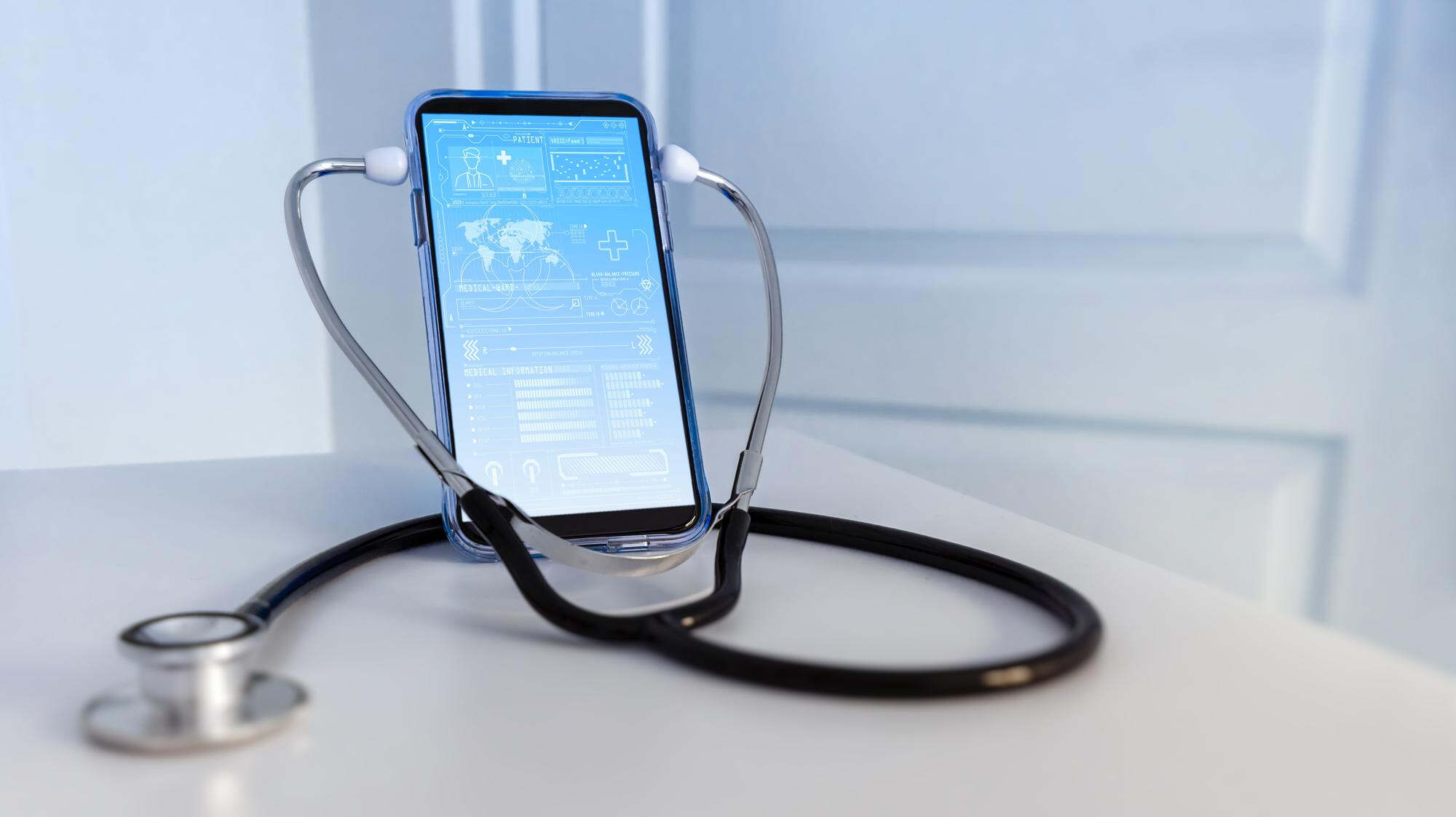Introduction
In the age of technological advancement, healthcare facilities are increasingly adopting innovative solutions to improve patient care and operational efficiency. Two prominent technologies driving this transformation are Radio Frequency Identification (RFID) and the Internet of Things (IoT). When combined, these technologies offer immense potential in the form of smart patient tracking systems, revolutionizing the healthcare industry.
This blog explores how RFID and IoT work in a smart hospital setting, highlighting the benefits they bring and the challenges they present in the realm of patient tracking.
Understanding RFID and IoT
RFID is a wireless technology that uses radio waves to identify and track objects equipped with RFID tags. In the context of healthcare, RFID tags are embedded in patient wristbands, allowing for seamless identification and monitoring. Each RFID tag contains a unique identifier that can be scanned and read by RFID readers located throughout the hospital.
IoT, on the other hand, refers to the network of interconnected devices that communicate and share data with each other via the internet. In a smart hospital, IoT devices, such as sensors, monitors, and medical equipment, can be integrated with RFID technology to create a comprehensive patient tracking system. These devices collect and transmit data in real-time, enabling healthcare providers to monitor patient movements, track the location of assets, and analyze data for better decision-making.
Benefits of Smart Patient Tracking
Implementing RFID and IoT-based patient tracking systems offers numerous advantages for both healthcare providers and patients.
-
Firstly, it improves patient safety by reducing the risk of medical errors and ensuring accurate medication administration. With RFID-enabled medication carts, nurses can verify the right medication and dosage before administering them to patients, minimizing the potential for errors. Additionally, RFID tags on patient wristbands can trigger alerts when patients approach restricted areas or interact with incompatible medical equipment, preventing potential harm.
-
Secondly, smart patient tracking enhances operational efficiency by optimizing workflow and resource allocation. RFID tags can be attached to medical equipment, enabling healthcare staff to locate necessary equipment promptly. This reduces time wastage and improves staff productivity, ultimately leading to enhanced patient care.
-
Furthermore, RFID-enabled asset management systems can track the usage and maintenance of medical devices, ensuring proper maintenance schedules and reducing downtime.
-
Moreover, these systems improve patient experience by reducing waiting times and enhancing overall communication. Real-time tracking enables staff to locate patients quickly, facilitating timely responses to patient needs. This is especially beneficial in emergency situations when every second counts.
Challenges and Considerations
While the benefits of smart patient tracking are compelling, challenges must be addressed for successful implementation.
Privacy and security concerns are paramount when dealing with sensitive patient data. Robust data encryption and access control measures must be in place to ensure patient information remains secure and protected from unauthorized access. Additionally, healthcare facilities must comply with regulations such as the Health Insurance Portability and Accountability Act (HIPAA) to safeguard patient privacy.
Interoperability is another challenge. Hospital environments typically consist of a diverse range of systems and devices from various manufacturers, making seamless integration a complex task. Establishing compatibility and interoperability between these systems is essential to achieve a unified and efficient patient tracking infrastructure. Standardization efforts and collaboration between technology providers and healthcare organizations can help address this challenge.
Cost considerations also play a significant role. Implementing RFID and IoT-based solutions requires investment in infrastructure, equipment, and training. Healthcare facilities must carefully assess the long-term benefits against the initial costs to make informed decisions regarding implementation. However, it is important to note that the long-term benefits, such as improved patient outcomes, reduced medical errors, and enhanced patient satisfaction, often outweigh the upfront expenses, leading to cost savings in the long run.
Moreover, the implementation of RFID and IoT in smart hospitals requires careful planning and training for healthcare staff. Adequate training programs must be developed to ensure that healthcare professionals understand how to utilize the technology effectively and efficiently. This will enable them to maximize the benefits of smart patient tracking systems and overcome any potential challenges associated with the adoption of new technology.
Another consideration is the continuous monitoring and maintenance of the RFID and IoT infrastructure are vital to ensure smooth operation. Regular system updates, software patches, and hardware maintenance are necessary to address any vulnerabilities and ensure optimal performance. Healthcare facilities should establish dedicated teams or engage with technology partners to provide ongoing support and maintenance.
Conclusion
The integration of RFID and IoT technologies in smart hospitals presents immense potential in the realm of patient tracking. The benefits of these systems include improved patient safety, enhanced operational efficiency, and better patient experiences. However, challenges such as privacy and security concerns, interoperability issues, and financial considerations must be addressed to ensure successful implementation.
By leveraging the power of RFID and IoT, healthcare providers can transform their operations and create a more connected and patient-centric environment. The continuous advancement of these technologies, coupled with ongoing research and development, will further refine smart patient tracking systems, ushering in a new era of healthcare excellence.


